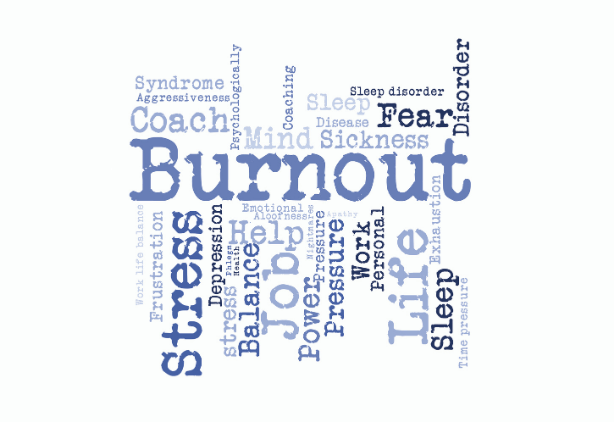Toxic Work Culture: The Hidden Threat to Employee Mental Health

In today’s fast-paced work environment, the impact of toxic work culture on employee mental health has become increasingly apparent. As a psychologist and therapist specialized in working with corporate professionals, I’ve witnessed firsthand the devastating effects that a negative work environment can have on individuals’ well-being. According to the U.S. Surgeon General, toxic workplace environments are a leading cause of chronic stress, which can lead to severe mental and physical health issues like anxiety, depression, and heart disease 1.
Recognizing Toxic Workplace Culture
A toxic workplace culture is defined by ongoing negative behaviors, attitudes, and practices that create a damaging environment. Typical indicators include:
- Constant conflicts and unresolved problems
- Minimal support or acknowledgment of employees’ efforts
- Unequal or unjust treatment of staff members
- High employee turnover and frequent absenteeism
- Overwhelming workloads and unattainable expectation
In North America, toxic work culture can manifest through micromanagement, unfair on-call practices, discrimination based on individual differences (such as sexual identity or disability), inadequate responses to employee complaints, etc. For example, research shows that 24% of employees with disabilities report working in toxic environments compared to 15% of the general workforce 1. These issues severely impact workers’ well-being, leading to increased stress, anxiety, and burnout.
The Mental Health Toll
The consequences of working in a toxic workplace culture can be severe and far-reaching:
Increased Stress and Anxiety
Employees subjected to toxic environments often experience heightened stress levels. Chronic stress from workplace abuse has been linked to depression, insomnia, and even cardiovascular disease 1. The constant negativity can disrupt sleep patterns, leaving individuals feeling drained and unable to perform effectively.
Depression and Burnout
Chronic exposure to toxic work culture contributes significantly to burnout. The World Health Organization (WHO) recognizes burnout as an occupational phenomenon characterized by energy depletion, mental distance from one’s job, and reduced professional efficacy 2. Toxic workplaces drain energy and replace it with fear, as noted by organizational psychologists 1.
Physical Health Issues
The impact extends beyond mental health. Toxic workplace cultures have been tied to physical symptoms such as headaches, high blood pressure, and weakened immune systems. Studies estimate that these environments cost employers billions annually in healthcare expenses due to stress-related illnesses 3.
The Need for Medical Leave
In severe cases, employees may find themselves unable to cope with the toxic workplace culture, necessitating a medical leave of absence. This is where mental health assessments will be required by employers.

Mental Health Leave of Absence
A mental health leave of absence is a period taken off from work to address mental health concerns. It can be short-term or long-term, depending on the severity of the employee’s condition. This time is typically intended for individuals to focus on recovery without the added pressures of a harmful work environment.
Seeking Professional Help
If you’re experiencing mental health issues due to a toxic workplace culture, it’s essential to seek professional help. As an experienced psychologist who regularly supports professionals struggling with workplace-related mental health issues , I provide:
- Confidential evaluations of your current mental health status
- Assessments of how your condition impacts your ability to work
- Recommendations for lengths of medical leave and work-related adjustments
- Recommendations for treatment options and treatment plans for recovery
Seeking help is a sign of strength—not weakness. With proper support and intervention, it’s possible to recover from the effects of a toxic workplace culture and regain your mental well-being.
Toxic work culture poses a significant threat to employee mental health. By recognizing the signs—such as micromanagement, discrimination, or lack of support—and seeking professional help when needed, individuals can take important steps toward recovery. At the same time, organizations can prioritize creating healthier environments that foster respect, inclusion, and support for all employees.
As we move forward into an era where mental health awareness is growing globally, addressing toxic workplace culture should be a top priority for employers who value their workforce’s well-being and productivity.